Anna Bass (1876-1961), a French artist trained in Paris under the painter Fernand Pelez and the sculptor Jane Poupelet, later became a close friend of the critic Gustave Kahn. Anna Bass's work has recently enjoyed a resurgence of interest through several exhibitions, as has that of other female artists of her time. Her work is rooted in a naturalistic and figurative aesthetic, in dialogue with the sensibility of the "Schnegg group," which included artists such as Despiau, Maillol, Bourdelle, and Poupelet. From 1911, Anna Bass established her studio in the artists' colony on rue Tourlaque in the 18th arrondissement of Paris. Through drawing and sculpture, Anna Bass devoted herself primarily to the study of the female nude, which she interpreted through statues with elegant lines and precise movements, poised between modernity and tradition. While sculpture remained central to her work, she also practiced engraving, medal making, drawing, painting, and explored the decorative arts (tapestry, vases, and centerpieces). Anna Bass enjoyed considerable recognition during her lifetime, as evidenced by her participation in numerous salons and exhibitions, as well as by purchases and commissions from the state and museums. As a woman, Anna Bass was among the first sculptors, along with Jane Poupelet, Chana Orloff, and Anne-Marie Profillet, to have her work exhibited at the Musée National d'Art Moderne upon its reopening in 1947. In terms of cultural heritage, she enabled museums holding her work to showcase sculptures, prints, and drawings held in storage, offering new avenues for interpretation and dissemination. Sometimes compared to Camille Claudel by critics, Anna Bass (1876-1961) belonged to a new generation of artists who rejected Rodin's expressionism and symbolism, returning instead to solid forms and a purity of contours. She thus appeared alongside Claudel in an exhibition of French art organized in Zurich in February-March 1913, at the very moment when the latter disappeared from the art scene following her internment on March 10, 1913. The sculptors Jane Poupelet (1874-1932) and Yvonne Serruys (1873-1953), in collaboration with Anna Bass, presented works that shared a certain kinship with Claudel's—for example, they were compared to the female torsos by both Claudel and Bass—thus linking the latter's work to the sculpture revitalized after the Great War. They sought to redefine the codes of representation, particularly around the female nude. Rejecting academic idealization, they adopted a more direct and intimate perspective, revealing a modern sensibility, as evidenced by Poupelet's Woman at Her Toilette or Serruys's Blind Man's Buff. In 1927, her works were included in the collections of the Galerie du Luxembourg in Paris and the Strasbourg Museum. Related literature: - Revue de la quizaine, in Mercure de France, vol. VII, 1931, p. 188; - René Barotte, "A great sculptor: Anna Bass", in L'Homme libre, July 14, 1933, p. 2; - Anne Rivière, Dictionnaire des sculptrices en France, Paris, Mare & Martin, 2017, pp. 65-66.



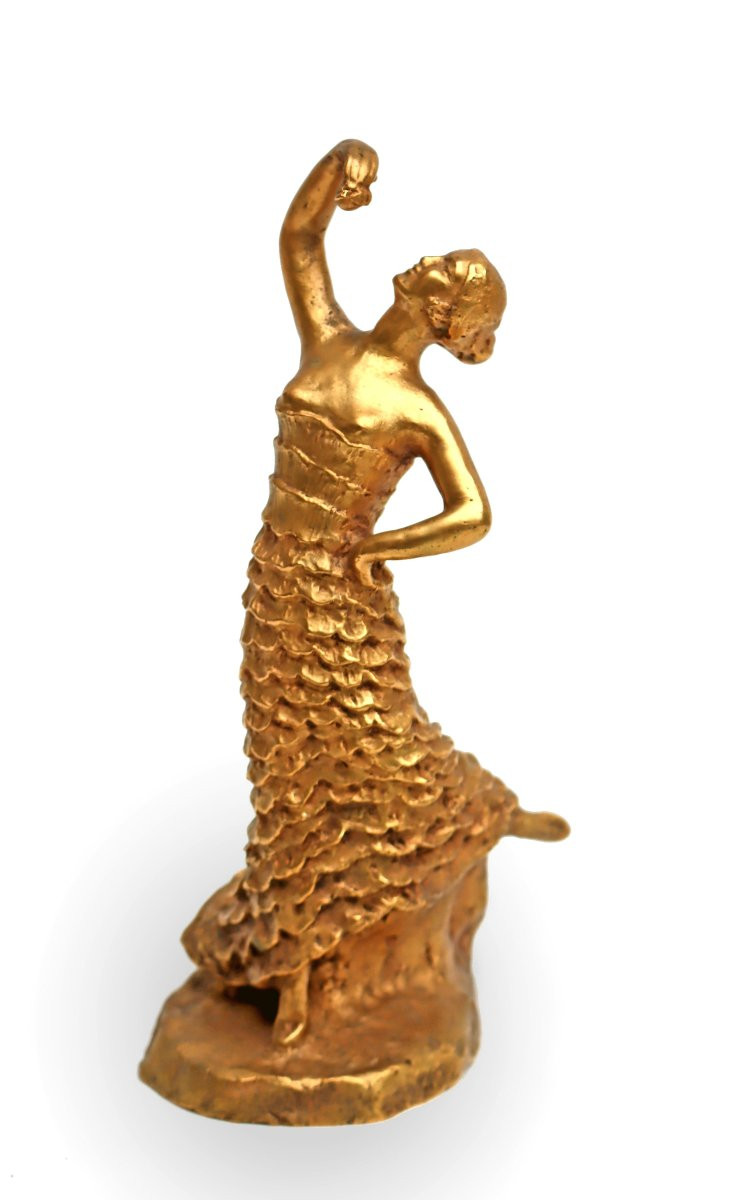
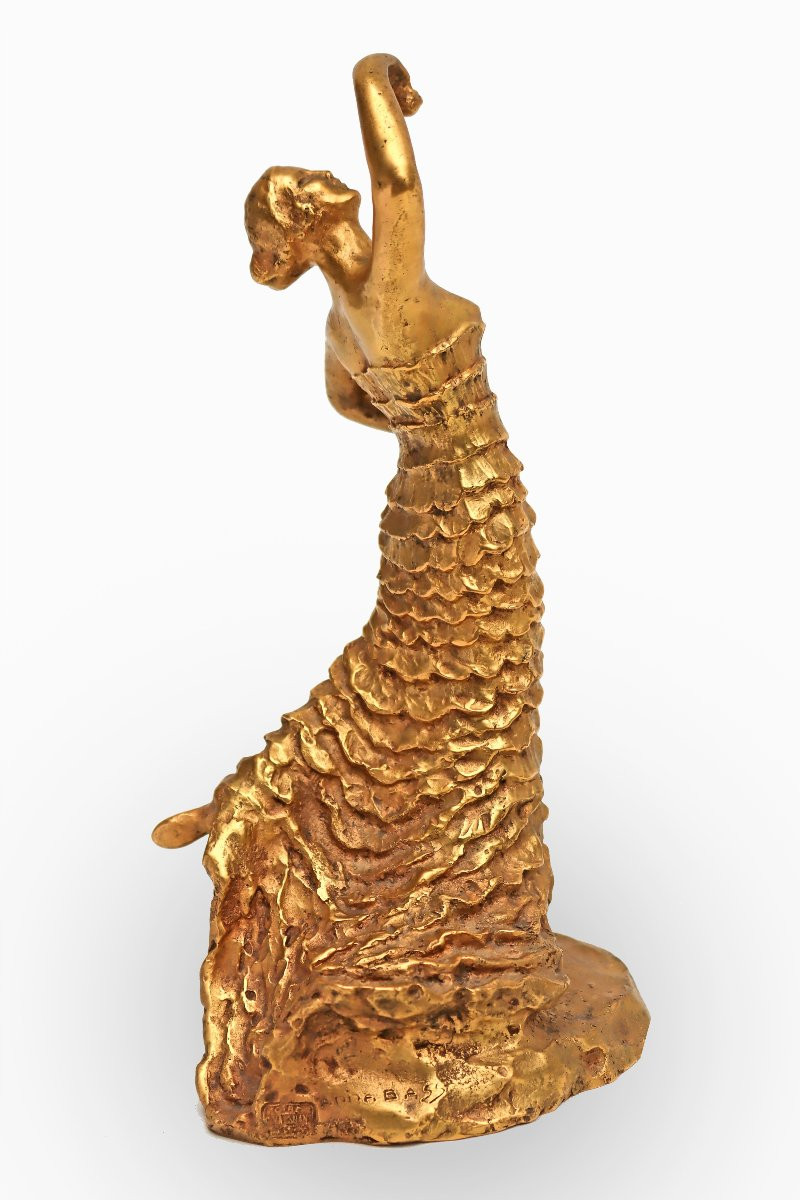

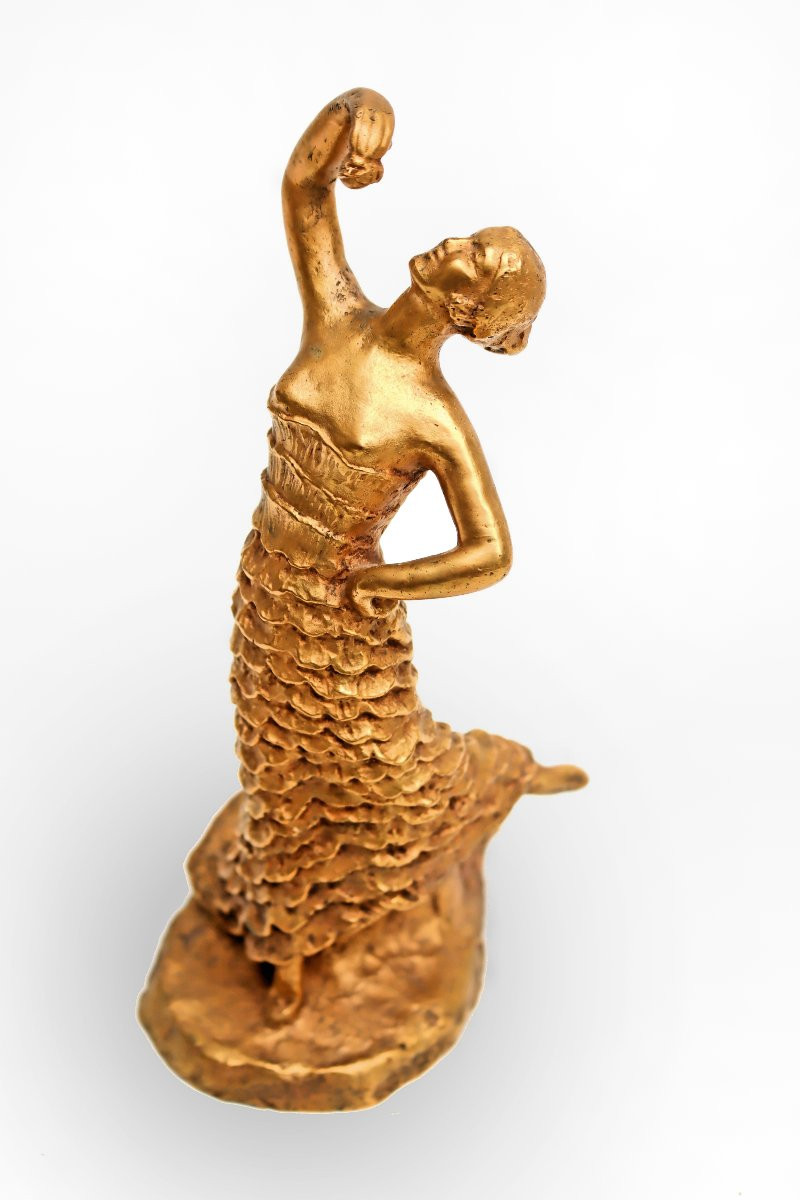
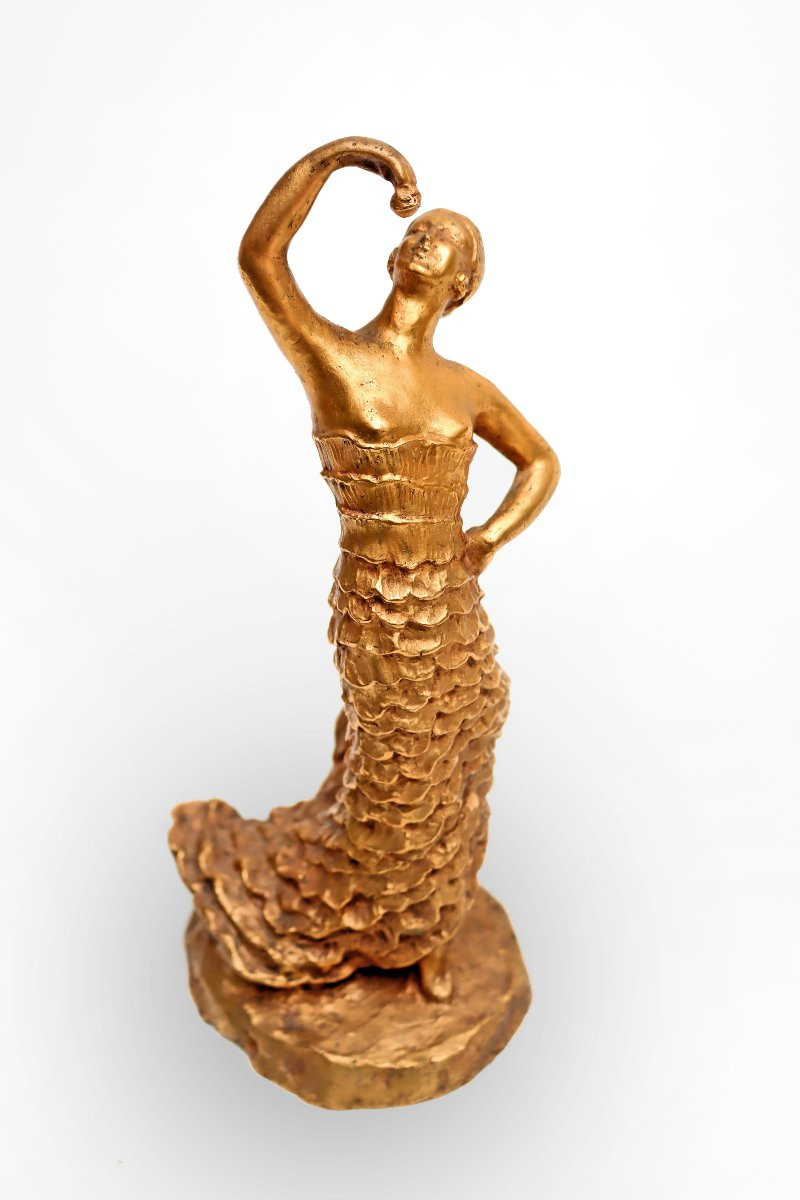



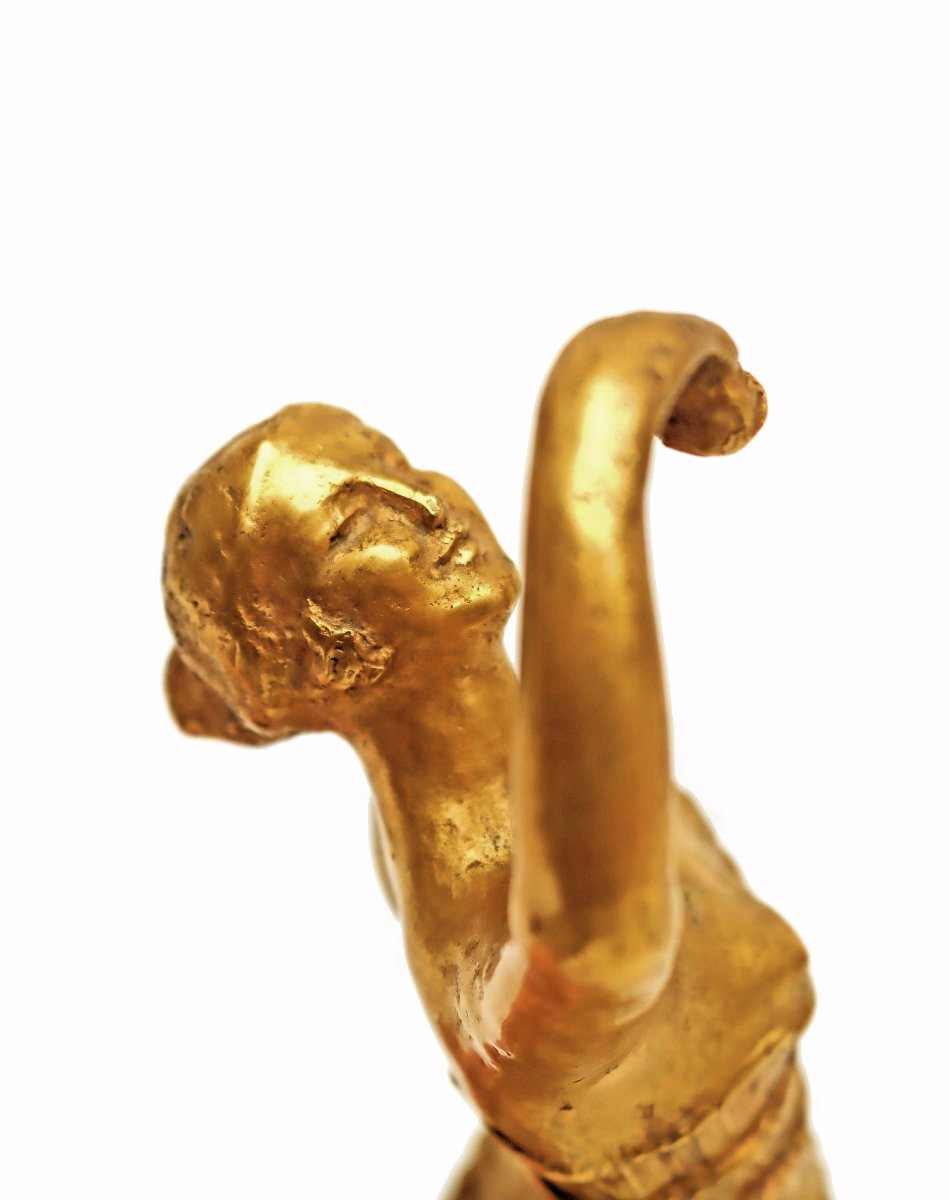



















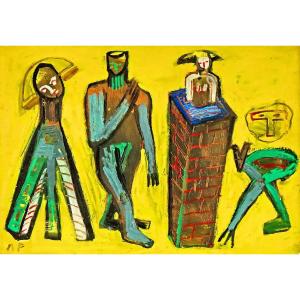


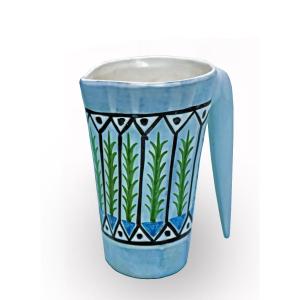
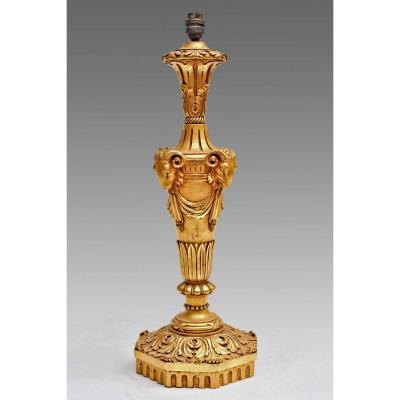


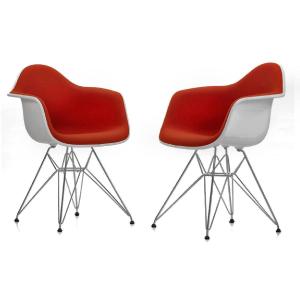


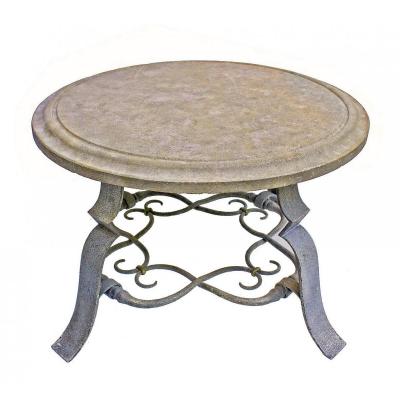

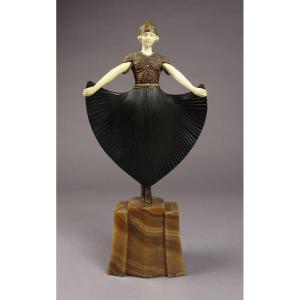






 Le Magazine de PROANTIC
Le Magazine de PROANTIC TRÉSORS Magazine
TRÉSORS Magazine Rivista Artiquariato
Rivista Artiquariato